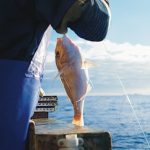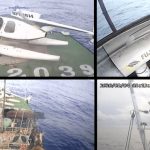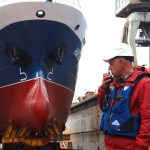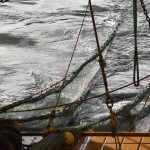Researchers are now training acoustic sensors on a swath of sea off the northeastern United States so that they can document how Atlantic herring form in real time. It is fact that the every evening in early fall, Atlantic herring gather in shallow water to spawn. These groups of fish, known as shoals, can number in the hundreds of millions.
Massachusetts Institute of Technology engineering professor Nicholas Makris and colleagues have been developing ways to use low-frequency sound to measure things such as undersea mountains and hurricane intensity. It si said that they blast sound waves from underwater speakers on the back of one boat and detect them many kilometers away with a second boat towing an array of microphones. Three years ago, they reported that the data could be used to image huge populations of fish.
Now they have used their acoustic tools to track how the fish swarm, a behavior that is shared by bees, birds, and other animals probably to help them avoid predators, find food, and mate more efficiently. They found that shoaling begins in deep water when clusters of a few individual herring reach a certain density–0.2 fish per square meter. These individuals then clump more closely together and attract other fish. This behavior spreads to other fish in a wave that moves tens of kilometers in tens of minutes–about 10 times faster than the fish swim.
Iain Couzin, an animal behavior researcher at Princeton University, said that the sequence of events seen in herring shoaling is exactly what scientists who study swarming in other animals would expect. He added that it is nice to see this type of pattern play out in a natural system.








